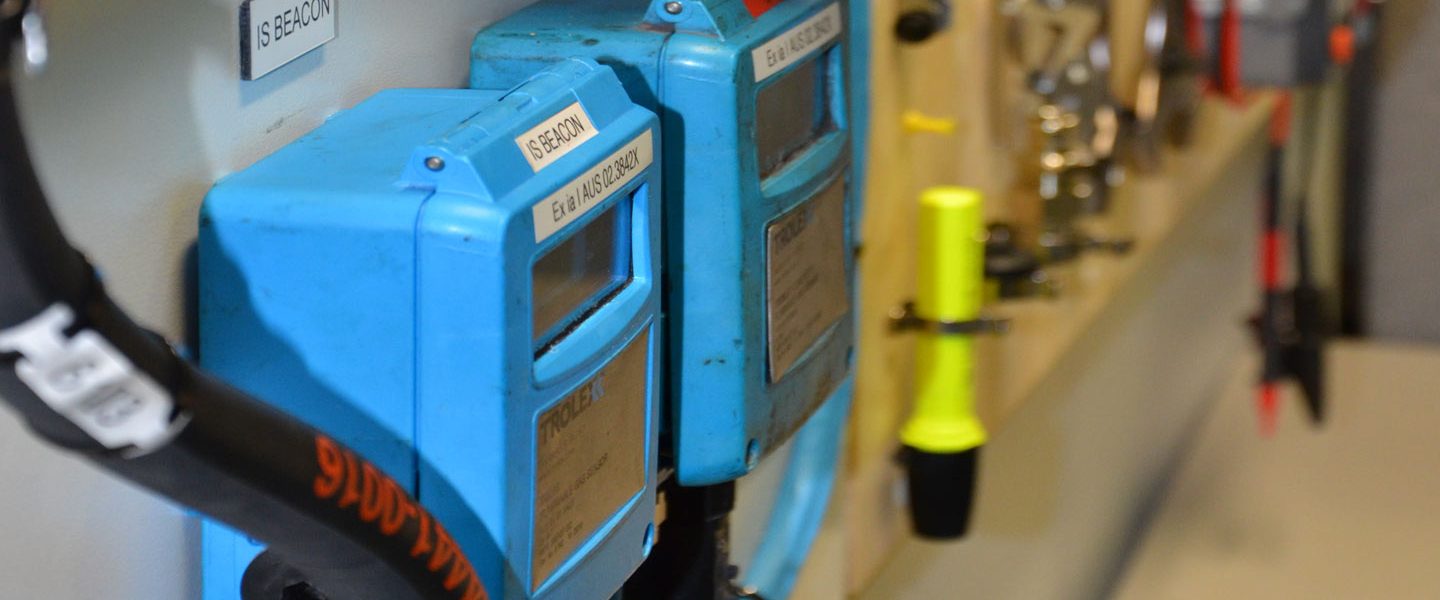The Only Guide for Roar Solutions
The Only Guide for Roar Solutions
Blog Article
What Does Roar Solutions Mean?
In order to secure installments from a potential explosion a method of evaluating and classifying a possibly harmful area is called for. The function of this is to ensure the proper choice and installation of tools to eventually prevent a surge and to make sure security of life.

(https://www.bark.com/en/au/company/roar-solutions/Bz3O1R/)
No equipment must be mounted where the surface temperature of the devices is higher than the ignition temperature level of the provided threat. Below are some usual dust harmful and their minimal ignition temperature level. Coal Dirt 380C 225C Polythene 420C (thaws) Methyl Cellulose 420C 320C Starch 460C 435C Flour 490C 340C Sugar 490C 460C Grain Dirt 510C 300C Phenolic Material 530C > 450C Aluminium 590C > 450C PVC 700C > 450C Residue 810C 570C The chance of the hazard being present in a concentration high enough to cause an ignition will vary from place to place.
In order to identify this danger a setup is divided right into areas of risk relying on the quantity of time the harmful exists. These areas are referred to as Areas. For gases and vapours and dirts and fibres there are three zones. Zone 0 Zone 20 A harmful atmosphere is highly most likely to be present and may exist for long periods of time (> 1000 hours per year) or perhaps continually Area 1 Area 21 An unsafe atmosphere is possible however not likely to be present for long periods of time (> 10 450 C [842 F] A category of T6 suggests the minimum ignition temperature is > 85 C [185 F] Dangerous area electrical devices perhaps developed for usage in higher ambient temperature levels. This would showed on the ranking plate e.g. EExe II C T3 Ta + 60C( This suggests at 60C ambient T3 will not be gone beyond) T1 T1, T2, T3, T4, T5, T6 T2 T2, T3, T4, T5, T6 T3 T3, T4, T5, T6 T4 T4, T5, T6 T5 T5, T6 T6 T6 A T Class ranking of T1 indicates the maximum surface area temperature created by the tool at 40 C is 450 C. Presuming the associated T Class and Temperature rating for the tools are ideal for the location, you can constantly utilize a tool with a much more strict Department ranking than needed for the area. There isn't a clear response to this concern. It really does rely on the type of devices and what repair work need to be executed. Tools with particular examination procedures that can't be executed in the field in order to achieve/maintain 3rd celebration rating. Must come back to the manufacturing facility if it is prior to the devices's solution. Area Fixing By Authorised Personnel: Challenging screening may not be required however specific procedures may need to be followed in order for the equipment to preserve its 3rd party this contact form rating. Authorised employees should be utilized to carry out the job correctly Repair have to be a like for like substitute. New element need to be thought about as a direct replacement requiring no special testing of the equipment after the repair work is total. Each piece of devices with a harmful score ought to be assessed separately. These are laid out at a high level below, yet for even more in-depth info, please refer straight to the standards.
The Main Principles Of Roar Solutions
The devices register is a detailed data source of equipment documents that includes a minimum set of fields to determine each product's area, technological parameters, Ex-spouse category, age, and environmental data. The proportion of Thorough to Shut assessments will be identified by the Equipment Threat, which is examined based on ignition danger (the probability of a source of ignition versus the chance of a flammable environment )and the harmful location category
( Zone 0, 1, or 2). Implementing a durable Risk-Based Assessment( RBI )technique is essential for ensuring conformity and safety in taking care of Electric Equipment in Hazardous Locations( EEHA).
How Roar Solutions can Save You Time, Stress, and Money.

In regards to eruptive risk, a dangerous area is a setting in which an explosive environment exists (or might be anticipated to be existing) in quantities that call for unique safety measures for the construction, installation and usage of devices. eeha training. In this short article we explore the obstacles dealt with in the workplace, the threat control procedures, and the needed competencies to function safely
It issues of contemporary life that we make, keep or handle a variety of gases or liquids that are regarded flammable, and a variety of dusts that are deemed flammable. These substances can, in particular conditions, create eruptive ambiences and these can have significant and terrible repercussions. Many of us know with the fire triangle eliminate any one of the 3 elements and the fire can not happen, yet what does this mean in the context of dangerous locations? When damaging this down into its easiest terms it is basically: a combination of a particular amount of launch or leakage of a particular material or material, blending with ambient oxygen, and the existence of a resource of ignition.
In most instances, we can do little regarding the degrees of oxygen in the air, however we can have substantial impact on sources of ignition, as an example electrical equipment. Dangerous areas are documented on the harmful location classification drawing and are recognized on-site by the triangular "EX-SPOUSE" indicator. Below, among various other essential details, areas are divided into three types depending upon the risk, the probability and period that an eruptive ambience will certainly exist; Zone 0 or 20 is deemed the most hazardous and Area 2 or 22 is regarded the least.
Report this page